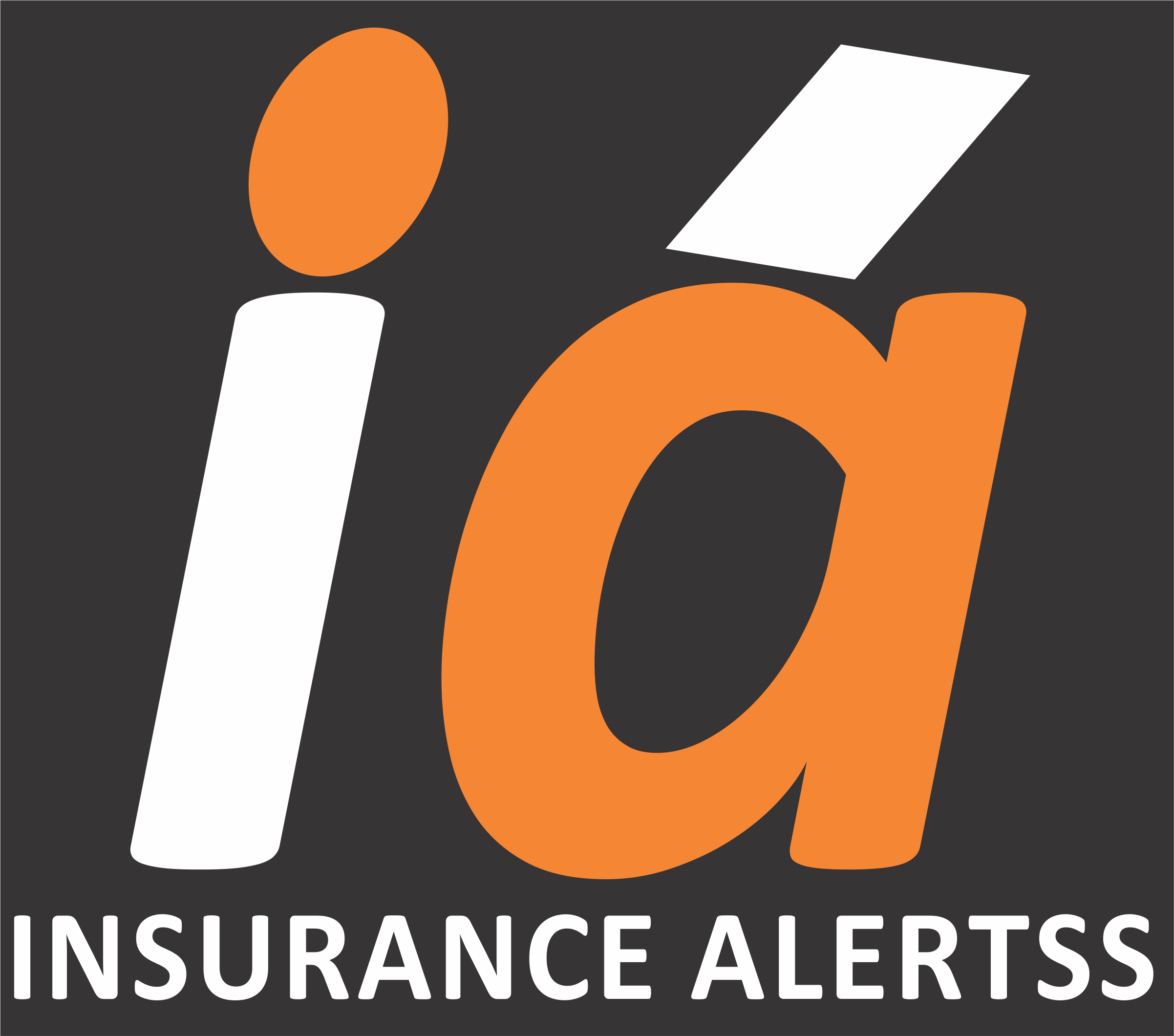 27-11-2019
27-11-2019
IRDAI panel suggests telematics motor insurance, named driver policy
-2019-11-27-43-899.jpg)
 Insurance Alertss
Insurance AlertssIRDAI panel suggests telematics motor insurance, ‘named driver’ policy
The working group set up by the Insurance Regulatory and Development Authority (IRDAI) has proposed the implementation of telematics insurance — the system of ‘pay as you drive’ and ‘pay how you drive’ covers based on data gathered from the insured vehicle and its driver — for motor vehicles.
The panel has recommended ‘Named Driver Policy’ as an option for private car and two wheeler policies. A ‘named driver policy’ as an automobile insurance policy provides coverage only for drivers specifically named on the policy and not for other individuals driving the vehicle. “The details of the drivers may be incorporated in the policy schedule,” the panel said.
Telematics, or black box insurance, is a car insurance where a small box is fitted to the car. The black box measures various aspects of how, when and where the car is driven. This data can be used to calculate a personalised renewal quote or premium, or in services like the accident alert and theft recovery. The device will have four components — a GPS system, a motion sensor (or accelerometer), a SIM card, and a computer software.
“IIBI (Insurance Information Bureau of India), which acts as data repository for insurance companies, can manage the data and its protection,” the IRDAI panel said. Arun Singh Bhadauria, head of motor insurance, Universal Sompo General Insurance, said: “From the insuring population point of view, the revamping of the product will give better and transparent coverage and remove the subjectivity.”
In its exposure draft ‘Revisiting the product structure for Motor Own Damage’, the working group has also recommended that all the occupants traveling in motor vehicles should have Rs 25,000 medical expenses coverage arising out of an accident to the insured vehicle covered under the basic policy and appropriate premium for this should be charged by the insurers.
The panel was of the opinion that cover for damage by rodents or insects is part of the basic policy under accidental and external means. Further, it said losses arising out of damage to the engine parts due to water ingression are part of the basic policy. For private cars and two wheelers (other than brand new), the sum insured should represent the current day manufacturer’s listed price of the vehicle insured including value of all accessories fitted thereon by the manufacturer, and adjusted by age wise depreciation to arrive at the sum insured as per new depreciation table suggested, it said.
For a brand new private car up to 3 years, the sum insured should represent the current day on-road price of the vehicle insured including invoice value, road tax and registration charges and value of all accessories fitted thereon by the manufacturer, it said. The value of accessories fitted by the insured should be separately mentioned. For vehicles beyond three years, the sum insured should be as per the suggested new depreciation table. Beyond 7th year, sum insured should be arrived at a mutually agreed value between the insured and the insurer, the panel said. For commercial vehicles, the sum insured should represent the current day invoice value plus cost of body building, if any, and all accessories fitted thereon by the manufacturer adjusted for depreciation at the rate of 10 per cent per year or part thereof subject to maximum of 75 per cent. For total loss, theft and constructive total loss claims, the amount payable should be the sum insured, it said.
For all classes of vehicles (Option), the panel suggested sum insured should represent the on-road price of the vehicle insured, at the time of purchase of the vehicle, including invoice value, road tax and accessories fitted thereon by the manufacturer plus the value of the accessories fitted by the insured. “A new depreciation table is suggested up to 15 years,” it said.
“Standardised and simple wording of terms and conditions of motor insurance will help the customer to understand the coverage and exclusion in better terms and the possibility of mis-selling should also be reduced. For an insurer, the underwriting will be better and will help in improvement of loss ratios,” Bhadauria said.
Source: The Indian Express
